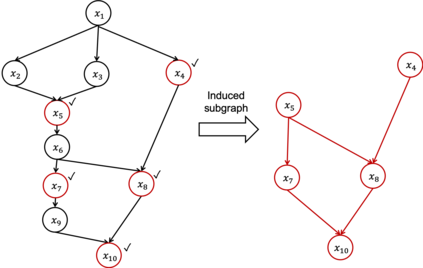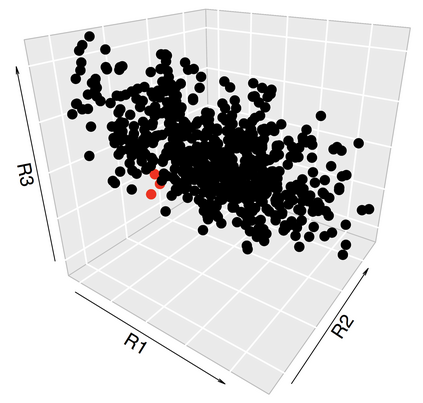Cloud robotics enables robots to benefit from the massive storage and computational power of the cloud, overcoming the capacity limitations of cooperative robots. When the decision is made to use a robotic network cloud system to execute a task or a set of tasks, the main goal will be to use the cheapest, in terms of smallest memory, and fastest, in terms of shortest execution time, robots. Previous studies have mainly focused on minimizing the cost of the robots in retrieving resources by knowing the resource allocation in advance. When a task arrives in the system, it can be assigned to any processing unit, one of the robots, an eventual fog node or the cloud, and the question is where a task should be processed to optimize performance. Here, we develop a method for a robotic network cloud system to determine where each algorithm should be allocated for the system to achieve optimal performance, regardless of which robot initiates the request. We can find the minimum required memory for the robots and the optimal way to allocate the algorithms with the shortest time to complete each task. We show how our proposed method works, and we experimentally compare its performance with a state-of-the-art method, using real-world data, showing the improvements that can be obtained.
翻译:云层机器人使机器人能够从云层的大规模储存和计算能力中获益,从而克服合作机器人的能力限制。 当决定使用机器人网络云系统执行任务或一系列任务时,主要目标将是使用最廉价的、最小记忆和最快的机器人,执行时间最短的机器人。 以前的研究主要侧重于通过事先了解资源配置来最大限度地降低机器人在检索资源方面的成本。 当任务到达系统时, 可以指派给任何处理单位, 一个机器人、 最终的雾节点或云, 问题是如何处理一个任务, 以优化性能。 在这里, 我们为机器人网络云系统开发了一个方法, 以确定每个算法应该分配到哪里, 来达到最佳性能, 不论哪个机器人提出要求。 我们可以找到机器人所需的最起码的记忆, 以及用最短的时间分配算法来完成每一项任务的最佳方式。 我们展示了我们拟议的方法是如何工作的, 我们实验性地比较其性能, 并用一种状态- 数据显示真实的改进方法。















